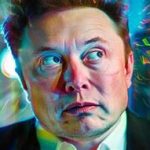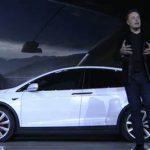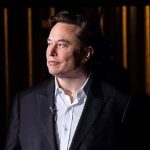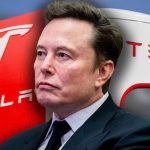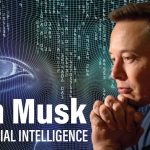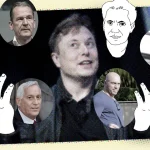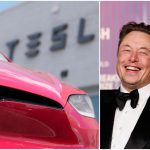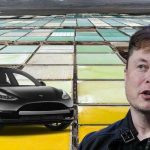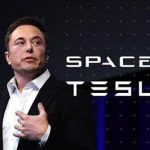The Boring Company: Underground Transportation Solution – Elon Musk’s Bold Tunnel Vision 🚇✨
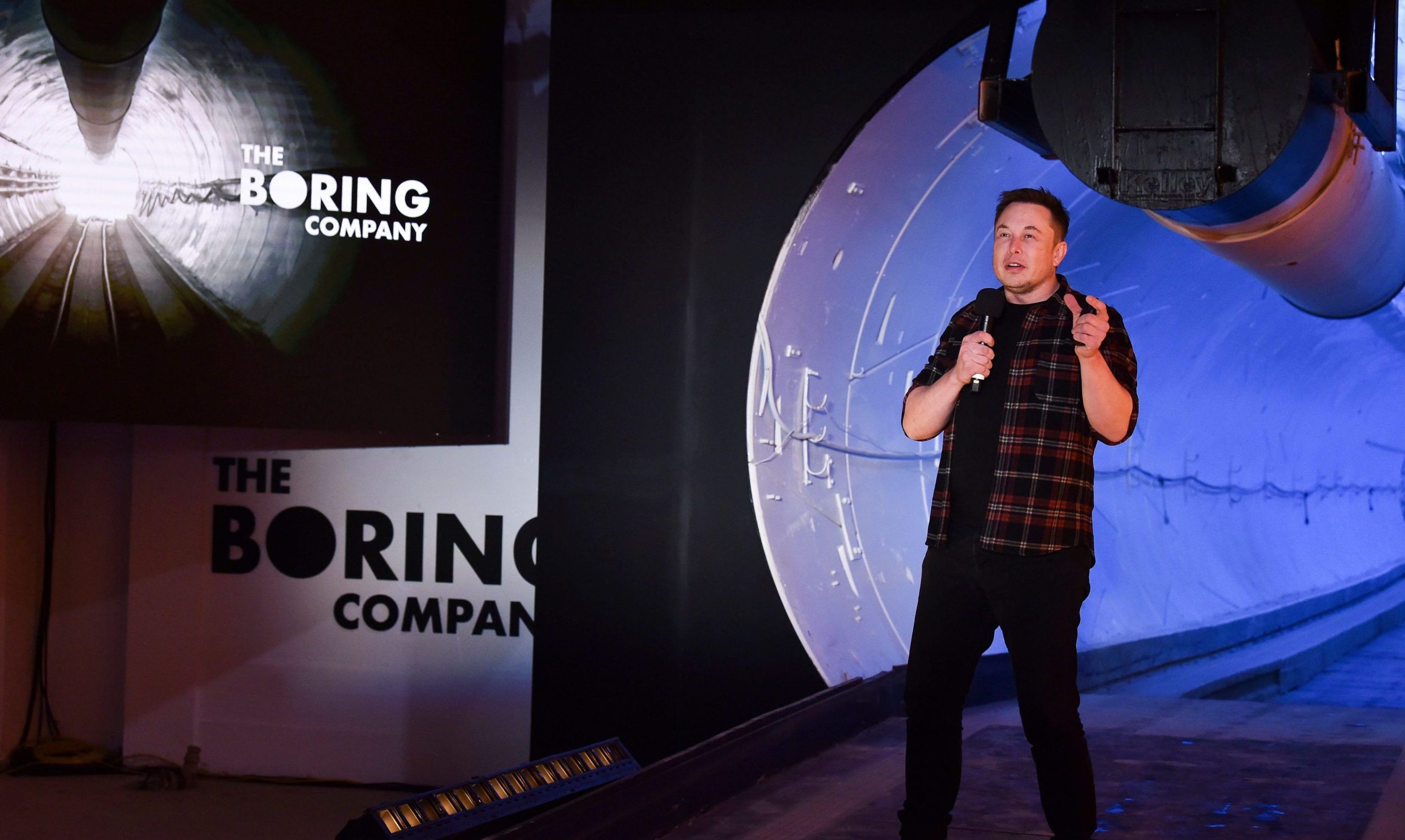
The Boring Company: Underground Transportation Solution – Elon Musk’s Bold Tunnel Vision 🚇✨
Have you ever been stuck in traffic so bad you wished you could just vanish underground and zip to your destination like some sci-fi superhero? If so, you’re not alone. Elon Musk, the billionaire visionary behind Tesla and SpaceX, has felt that same frustration—and he’s not the type to just sit there honking his horn. Enter The Boring Company, a wild, ambitious, and downright brilliant idea to revolutionize how we move through cities by digging a sprawling network of high-speed tunnels beneath the gridlocked chaos of urban streets. 🌆 It’s not just about escaping traffic; it’s about redefining transportation from the ground down—literally.
What’s The Boring Company All About? 🌍
The story begins in the snarled streets of Los Angeles, where Musk, like millions of others, found himself trapped in soul-crushing traffic jams one too many times. LA’s notorious congestion isn’t just an annoyance—it’s a daily gauntlet that can turn a 10-mile commute into a two-hour ordeal. Fed up, Musk took to Twitter in December 2016 with a half-joking rant: “Traffic is driving me nuts. Am going to build a tunnel boring machine and just start digging…” Most people would’ve left it at that—a fleeting vent session lost to the internet ether. But Musk? He’s not most people. Within weeks, The Boring Company was born, transforming a sarcastic tweet into a full-fledged mission to slash travel times, decongest cities, and maybe even save our collective sanity.
At its core, The Boring Company is about more than just digging holes—it’s about reimagining how we navigate the urban jungle. Picture this: sleek Tesla vehicles or futuristic transport pods zooming through narrow, high-tech tunnels at speeds up to 150 miles per hour, whisking you from point A to point B without the bumper-to-bumper nightmare above. No blaring horns, no endless stoplights, no road rage—just pure, efficient motion. 🚗💨 It’s a vision that feels ripped from a sci-fi blockbuster, yet Musk is dead serious about making it real. His goal? To create a subterranean transportation network that’s faster, cheaper, and more practical than anything on the surface.
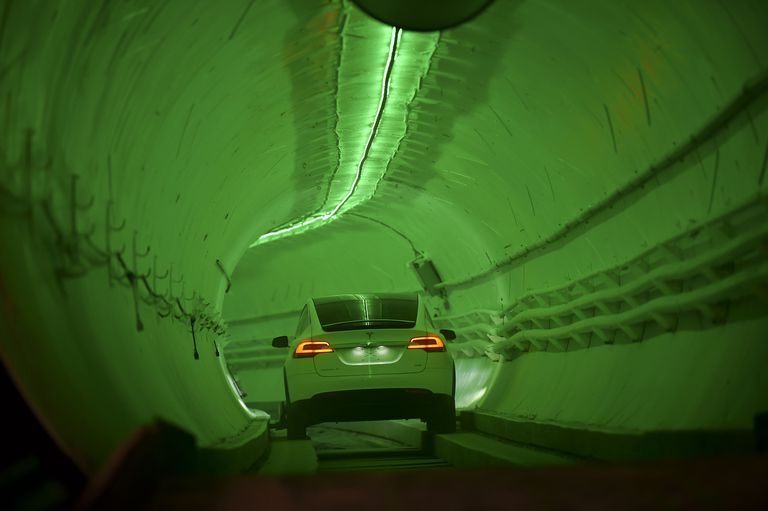
How Does It Work? ⚙️
The magic—or madness, depending on your perspective—lies in the tunnels themselves. These aren’t your average subway passages. They’re sleek, narrow, and engineered for speed, carved out by massive tunnel boring machines (TBMs) with quirky names like “Godot,” “Prufrock,” and “Line-Storm.” These beasts chew through earth and rock at a pace Musk claims will eventually outstrip traditional methods by a factor of ten. The process starts with a surface entry point—a station or elevator—where vehicles drop into the tunnel system. Once underground, cars either glide along on electric “skates” (think conveyor-belt-like platforms) or drive themselves autonomously using Tesla’s self-driving tech. Above ground, you’re crawling at 5 mph, cursing the guy in front of you; below, you’re flying at speeds that make highways look like relics of the Stone Age.
The Boring Company’s first real-world proof of concept came with the Las Vegas Convention Center (LVCC) Loop, completed in 2021 for a cool $47 million. This 1.7-mile tunnel system connects key points of the sprawling convention center, turning a sweaty 45-minute walk in the Nevada heat into a breezy 2-minute ride. Attendees hop into shiny Teslas driven by human operators (for now) and—bam—they’re at their destination before they can finish complaining about the keynote speaker. It’s not just a gimmick, either—the system can move up to 4,400 passengers per hour, rivaling the capacity of some urban transit lines at a fraction of the cost and construction time. Building on that success, Musk unveiled plans for the Vegas Loop, a 68-mile network aiming to link the Las Vegas Strip, the airport, downtown, and even Allegiant Stadium. 🎰✈️ Imagine catching a flight or hitting the blackjack tables without ever seeing a traffic light—Vegas might just become the first city where the underground outshines the neon above.
Elon’s Big Dream 🌠
But Musk isn’t content with a few tunnels under Sin City. His sights are set on something far grander: the Hyperloop. This isn’t just a faster tunnel system—it’s a vacuum-tube dream where pressurized pods could rocket through near-airless passages at speeds exceeding 600 mph. A trip from New York to Washington, DC, normally a 3-hour train ride or a 4-hour drive, could shrink to a mind-blowing 30 minutes. The Boring Company’s tunnel technology is the foundation for this sci-fi future, providing the infrastructure to make Hyperloop a reality. “Tunnels are immune to weather and traffic,” Musk has said, pitching them as the “3D solution to a 2D problem.” Surface roads are flat, finite, and vulnerable to snow, rain, and accidents—tunnels, he argues, are the next dimension of travel, untouchable by the chaos above.
Cost is the other half of the equation. Traditional tunneling is slow and obscenely expensive—think $1 billion per mile for projects like New York’s Second Avenue Subway. Musk wants to flip that script, slashing costs to as little as $10 million per mile by streamlining the boring process, shrinking tunnel diameters (why dig wide when Teslas are narrow?), and recycling the excavated dirt into bricks for construction. If he pulls it off, cities worldwide could afford to rethink their clogged arteries without breaking the bank. It’s a bold promise, and one that could turn urban planning on its head.
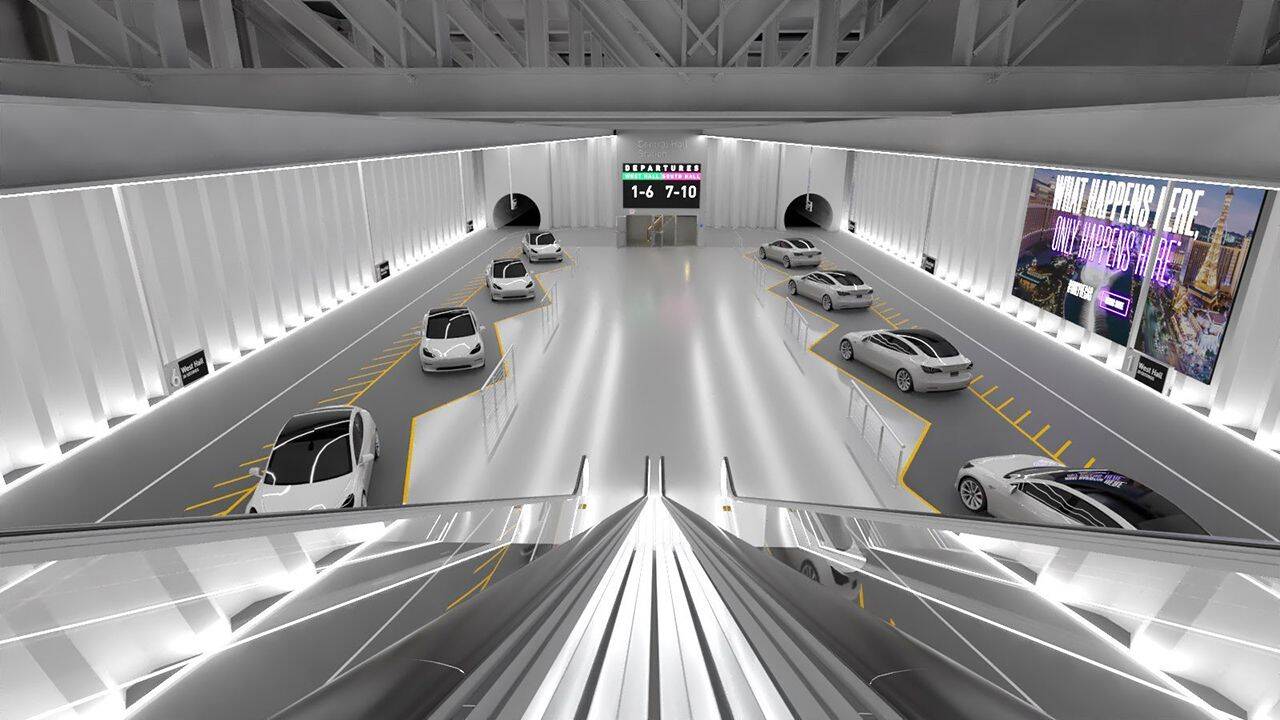
Genius or Gimmick? ⚠️
Not everyone’s buying the hype. Critics dismiss The Boring Company as a billionaire’s vanity project, a flashy distraction from more practical fixes. “Why not just build better trains or expand public transit?” they argue, pointing to the proven success of subways and light rail in cities like Tokyo or London. Others raise red flags about safety—fires in confined tunnels are a nightmare scenario, and evacuation plans remain murky. Cost overruns and delays haunt the industry, too, and Musk’s track record isn’t spotless. High-profile proposals like a Chicago O’Hare airport link and a DC-to-Baltimore Hyperloop have fizzled out, stuck in limbo due to regulatory hurdles, funding woes, or shifting priorities. Even the Vegas Loop has its detractors—during peak times, those promised 150-mph speeds drop to a pedestrian 35 mph as Teslas queue up, turning the futuristic vision into something closer to an underground taxi service.
And yet, the believers see something transformative. The LVCC Loop, for all its limitations, was built in under two years—lightning-fast compared to the decade-long timelines of most transit projects. At $47 million, it’s a bargain next to the billions poured into conventional subways. During CES 2023, it shuttled 82,000 passengers in a week, proving it can handle real demand. Musk’s fans point to his history: Tesla was mocked as a niche electric car startup until it redefined the auto industry; SpaceX was a punchline until it landed rockets like something out of a comic book. The Boring Company might not kill traffic overnight, but it’s a daring experiment that could pave the way for bigger breakthroughs.
The Road Ahead 🛤️
Love it or hate it, The Boring Company is digging into the future—quite literally. As of March 30, 2025, the Vegas Loop continues to expand, with new stations approved and construction underway. Beyond Nevada, Musk has teased tunnels for Miami, Austin, and even a trans-Texas network connecting San Antonio to Houston. The Hyperloop dream inches closer, too—test tracks in California have hit speeds of 200 mph, though a full-scale system remains years away. Regulatory battles loom large (cities don’t love untested tech beneath their streets), and funding is a constant question mark—most projects so far have been privately financed, often with Musk’s own cash.
Will it end traffic as we know it? Probably not anytime soon. Urban congestion is a hydra-headed beast, tangled up in population growth, car culture, and decades of shortsighted planning. Tunnels might ease the pain for some, but they’re not a silver bullet. Still, The Boring Company is a swing at a problem we’ve all cursed from behind the wheel—a problem governments and engineers have wrestled with for a century without cracking it. Musk’s approach is unorthodox, maybe even crazy, but that’s his MO: think big, start small, and figure it out as you go.
So, next time you’re stuck in a jam, imagine a tunnel humming beneath your feet. Picture Elon Musk grinning as he hands you the keys to escape—not a car key, but a ticket to a future where traffic is a relic. Is it crazy genius or just crazy? The jury’s still out. For now, the ground’s shaking, the machines are boring, and Musk is betting he can dig us out of this mess—one tunnel at a time. What do you think—visionary or pipe dream? Either way, the ride’s just getting started. 🌏


